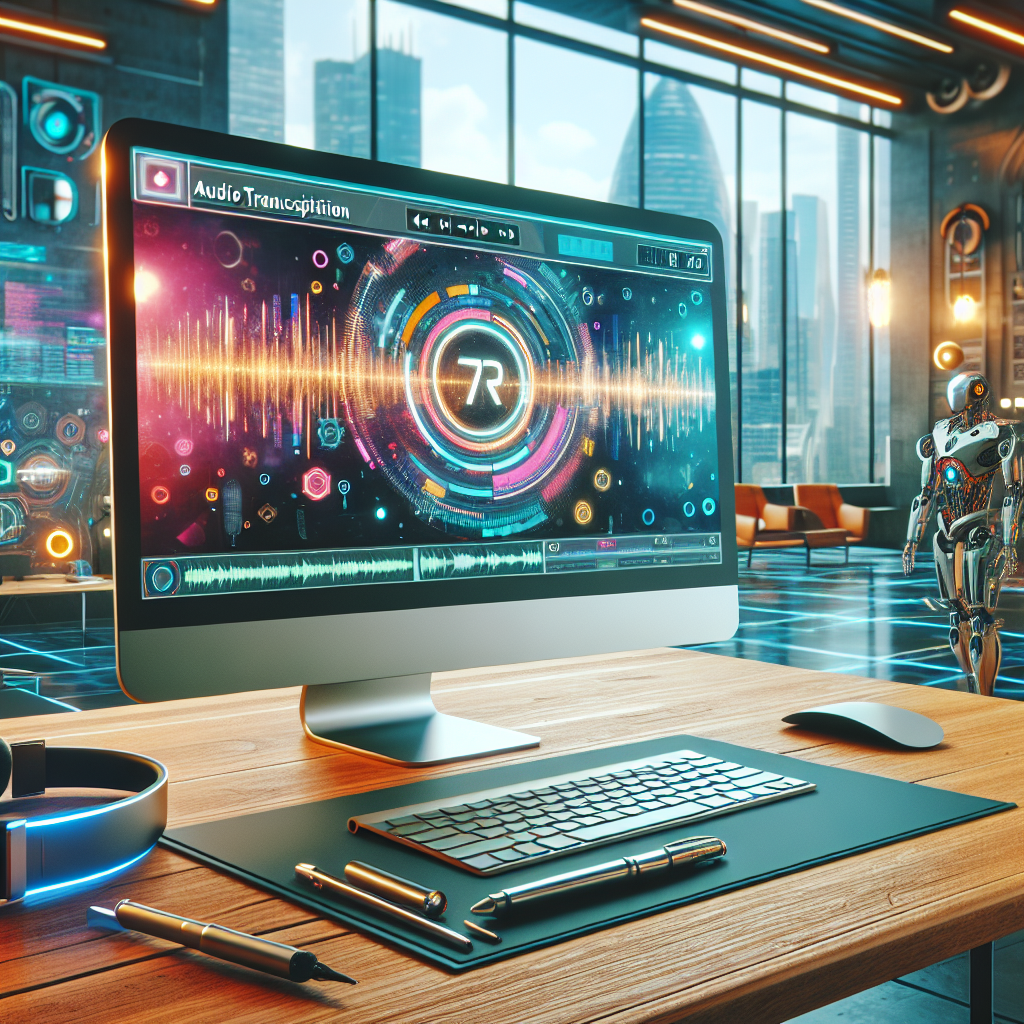ChatGPT’s Latest Audio Transcription Capability: A Transformative Tool for Desktop Users
In a notable update, OpenAI has rolled out a new recording mode feature for ChatGPT on macOS, enabling paid users to capture and transcribe audio directly within the desktop app. This groundbreaking addition aims to transform the way users engage with audio content, becoming an essential resource for professionals and educators.
What is ChatGPT’s Recording Mode?
The recording mode of ChatGPT is a recently released feature that allows users to transcribe and evaluate audio recordings. This capability can be especially beneficial for documenting meetings, brainstorming sessions, and voice memos. The feature was officially revealed in June and is presently limited to macOS users with paid subscriptions to GPT-4o, which includes Plus, Enterprise, Edu, Team, or Pro workspaces.
How Recording Mode Operates
Although the idea of audio transcription is not novel, ChatGPT’s recording mode provides a streamlined integration for those already using the platform. The feature captures audio from both the microphone and the system, delivering a transcript and an intelligent summary within the chat interface. These summaries incorporate timestamps, facilitating easy navigation to particular sections of the recording.
An appealing aspect of this feature is its capacity to reference earlier transcripts and canvases, thereby improving the continuity and context of ongoing discussions. However, users should be aware that the recording duration is limited to 120 minutes per session, after which the recording automatically ends and is transcribed.
Privacy and Data Utilization
OpenAI has highlighted the privacy elements of this feature. The recorded audio is not stored and is deleted once the transcription is created. Furthermore, the recorded audio does not contribute to the training of OpenAI’s models. However, for Pro or Plus users who have opted into “improve the model for everyone,” OpenAI may examine transcription text and canvases for model enhancement purposes. Users can choose to disable this feature to opt out. Team, Enterprise, and Edu workspaces are automatically excluded from model training.
User Guidelines and Considerations
Users must be mindful of legal considerations while utilizing the recording mode. In several jurisdictions, recording a conversation without the explicit consent of all parties is deemed illegal. Therefore, it is recommended that users inform all involved parties that a recording is happening to adhere to local laws.
Who Can Gain from This Feature?
The recording mode is accessible to a variety of paid users, including those subscribed to Plus, Enterprise, Edu, Team, or Pro plans. Although currently confined to macOS, this feature is anticipated to be a significant asset for professionals who use ChatGPT for work-related activities, like documentation and meeting assessments.
Conclusion
OpenAI’s launch of the recording mode in ChatGPT signifies a major leap in audio data management for desktop users. Through the provision of seamless transcription and intelligent summaries, this feature boosts productivity and efficiency for professionals across diverse fields. As OpenAI presses forward with innovation, we can expect further enhancements and wider accessibility of such features in the future.
FAQ
1. Is the recording mode feature available on all platforms?
No, recording mode is currently limited to macOS users with paid subscriptions to GPT-4o. It is not accessible for Android, Windows, or web users.
2. How long can I record audio using the recording mode?
The recording mode allows for audio captures lasting up to 120 minutes per session. Once this timeframe is reached, the recording is automatically halted and transcribed.
3. Can the recorded audio be saved for future reference?
No, the original audio is not preserved and is deleted following the generation of the transcription. Only the transcription text is kept.
4. Is the recorded audio utilized to train OpenAI’s models?
By default, recorded audio does not contribute to model training. However, if a user has opted into “improve the model for everyone,” OpenAI may review transcription text and canvases for training purposes.
5. Are there any legal considerations to remember when using the recording mode?
Yes, users should recognize local regulations concerning the recording of conversations. It is advisable to inform all participants in a conversation that recording is occurring to ensure legal compliance.
6. Can Enterprise, Edu, and Team workspace owners manage the use of the recording mode?
Yes, workspace owners can disable the recording mode in Settings under the Workspace Controls section, offering flexibility in the management of this feature.